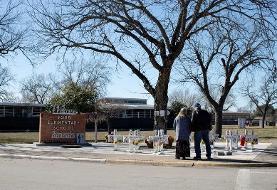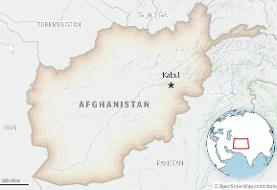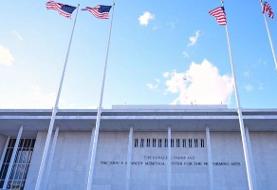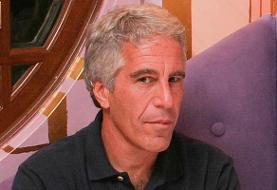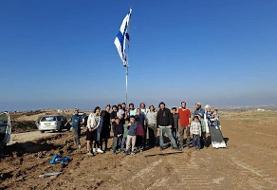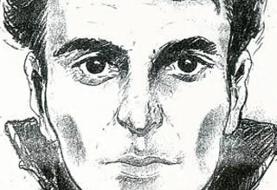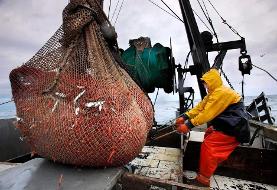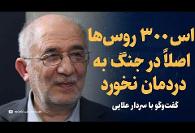A New Day: Celebrating Nowruz
Nowruz, the Persian word for “new day,” marks the vernal equinox and the first day of spring. Rooted in Zoroastrianism, the religion of Iran before the advent of Islam, Nowruz was celebrated in much of the ancient Near East as early as three thousand years ago. Today, people in many regions from West Asia and the Caucasus to Central Asia, to South Asia participate in the thirteen days of Nowruz festivities with their own local variations.
In Iran, the centerpiece of the Nowruz celebration is the Haft sin table. Share your Haft sin with us with by tagging @NatAsianArt or using #SmithsonianAsianArt. You might see your table in our photo gallery!
The table includes at least seven (haft) items that refer to new life and renewal, each of them beginning with the letter s (pronounced seen in Persian).
sib (apples): fertility and beauty
sonbol (hyacinth): fragrance
serkeh (wine vinegar): immortality and eternity
senjed (wild olives): fertility and love
sabzeh (wheat, barley, or lentil sprouts growing in a dish): rebirth
samanu (wheat sprout pudding): sweetness
sekkeh (coins): wealth
Other objects, can also be placed on the table, such as:
- A mirror, to reflect the light of wisdom and creation
- A book of poetry by the fourteenth-century writer Hafiz or a copy of the Qur’an
- An orange floating in a bowl of water, to represent Earth floating in space
- Candles, to symbolize holy fire
- Decorated eggs, to represent fertility
Share your Haft sin with us with by tagging @FreerSackler or using #FreerSackler. You might see your table in our photo gallery!
Enjoy our Nowruz digital library, which represents the richness of the holiday’s traditions and celebrations.
Celebrate with us through online programs
Contact the organizer for latest event info. Kodoom.com is not responsible for any changes made in the above information. Report or Flag this event





